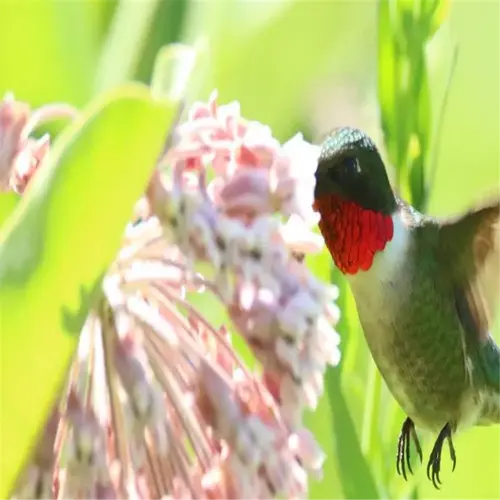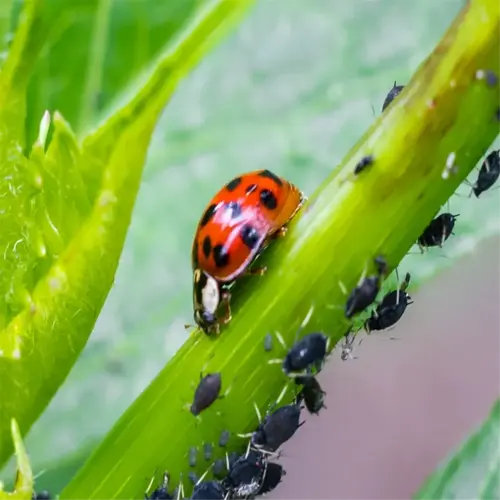Which plants or surfaces should avoid neem oil treatments?

Written by
Paul Reynolds
Reviewed by
Prof. Charles Hartman, Ph.D.Even if neem oil may be effective for many uses, it should be applied with caution and consideration of the sensitive nature of plants and materials. Certain species react negatively to trying specific compounds contained in neem oil, and inappropriate applications near vegetating water or preparation zones may increase risk. A client lost their tomato seedlings simply because they did not follow those directions.
Delicate Flora
- Orchids develop leaf burn with >1% concentrations
- Fern varieties show yellowing within 48 hours
- Use chamomile tea sprays as gentler alternatives
Aquatic Safety
- Maintain 50ft (15m) buffer from ponds/streams
- Neem residues harm fish gills within 15 minutes
- Opt for diatomaceous earth near water features
Food-safe surfaces necessitate heightened consideration when using safe cleaners. While neem has been shown to disinfect countertops, any residual oil will alter taste inputs. I only use it outside to clean furniture. Indoors, I've found hydrogen peroxide solutions to be safer while delivering the antimicrobial properties I intended except for potentially damaging important organoleptic properties.
When caring for pets, pet owners should always use species-specific recommendations. Since cats do not produce enzymes capable of processing neem limonoids, they can develop neurological problems. My neighbor's Persian cat had to visit their veterinarian after accidentally being exposed to neem oil and, as a result, I now suggest cedar oil for households with cats. Dogs can tolerate 0.25% diluted water if thoroughly rinsed off after bathing.
Read the full article: 10 Versatile Neem Oil Uses for Home & Health

